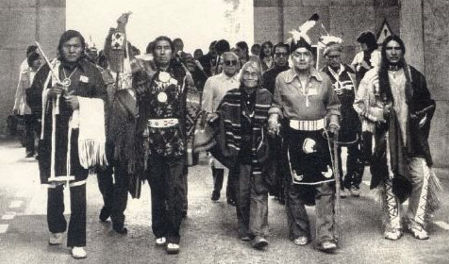What began as an initiative at the UN in 1977 became reality in 1989 in South Dakota, when Indigenous Peoples’ Day was first recognized by the state government as an alternative to the Federally-recognized Columbus Day. In South Dakota the day is called Native American Day. First recognized in the 1700’s in the newly established United States of America, the Columbus Day holiday was once intended to support marginalized Italian Americans with a day to celebrate their heritage. Unfortunately, the Columbus Day holiday quickly became a symbol of the apartheid occupation endured by Native Americans in the United States.
In the late 1980’s, members of the Sioux Nation organized enough people to get the attention of the then-Governor, George S. Mickelson, who became the first to codify the claim that peace between Indian and non-Indian people could benefit by renaming the holiday. Similarly today, the Biden Administration has once again recognized Indigenous Peoples Day, but only as an “alongside” holiday with the celebration of Christopher Columbus and his “discovery” of modern day America. People across the country are confused about whether or not there is an actual shift – and more importantly for many – if banks and post offices will be open on October 14.
While recognition of Indigenous Peoples Day is now commonplace in many states to honor the day, it is largely symbolic amid the ongoing tiered system of citizenship. In 2024, Native Americans continue to be subjected to mistreatment by the US government, including unlawful breaking of treaties, stolen land, and broken promises across the country. The current configuration and economic challenges on Indian Reservation lands remain invisible to many people of European dissent in the US, no matter their political affiliations.
Native communities, while culturally strong in nature, are still recovering from genocide and trauma they endured for two centuries. These include detrimental policies like Indian boarding schools, Christian missions and the brokered deals under the Indian Termination Act. When those deals were “resolved” they often homogenized the character of unique communities and conjoined regional Tribal groups for Federal recognitio. The Confederated Klamath Tribes, for example, includes Yahooskin, Klamath and Modoc, that include differing languages and cultures.
Self-governance of Tribal Nations
The physical and legal framework surrounding the self-governance of Tribal Nations in the US continues to evolve and one can observe many encouraging steps that indicate power-building and increased influence on proactive policies. In the Chickasaw Nation for example, more than 14,000 Tribal members are employed in public services. In Yurok Territory, hundreds of thousands of acres of land have been purchased from timber companies to increase their landbase. Notably, the largest dam removal project in US history was led by a coalition of Tribes from the Klamath River watershed, which marked a huge victory for Indigenous peoples everywhere.
Indigenous Peoples Day in Southern Oregon has a sour bite, as all of the Tribal communities have been displaced from their homelands and not been allowed to return. Many, including the Shasta, Takelma, and Rogue River Indians were assigned residency to a reservation more than 100 miles away from their native lands and waters. But even amid these insurmountable odds, peoples and cultures persevere and have survived.
Local Events Highlight Indigenous Communities
The event in Ashland on the weekend before Indigenous Peoples Day — called the Bear Creek Salmon Festival – has a beautiful vision of unity. Many may question how unity can be felt in a region where one of the most traveled roads is still called Dead Indian Memorial Highway. Nonetheless, the legacy of Grandmother Agnes Pilgrim (Takelma Elder) can be felt at the revered event at North Mountain Park through the celebration of recovering salmon habitat in our region, and should not be missed.
Peace House encourages people engaged with the Native Community to participate in the events at SOU in observance Indigenous Peoples Day on October 19 and 20. Read more about the event here. Contributions to the Native American Studies Department Education Fund can be sent here.
Another great resource to reconcile the conditions for Indigenous people throughout the year includes a vision called “Land Back.” A new report creates a model for how we might, as American Citizens, renew our commitment to justice and healing of historic trauma.


